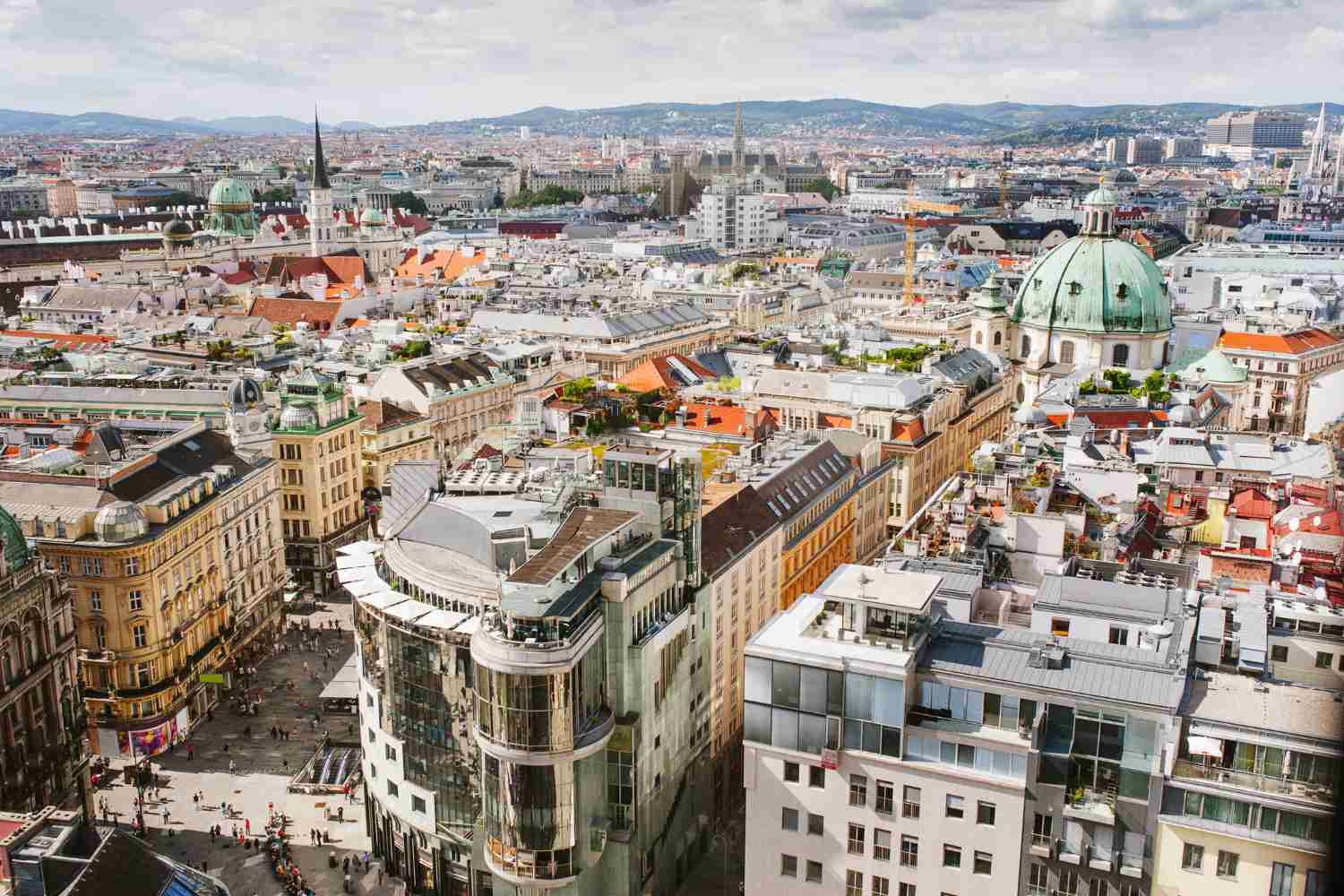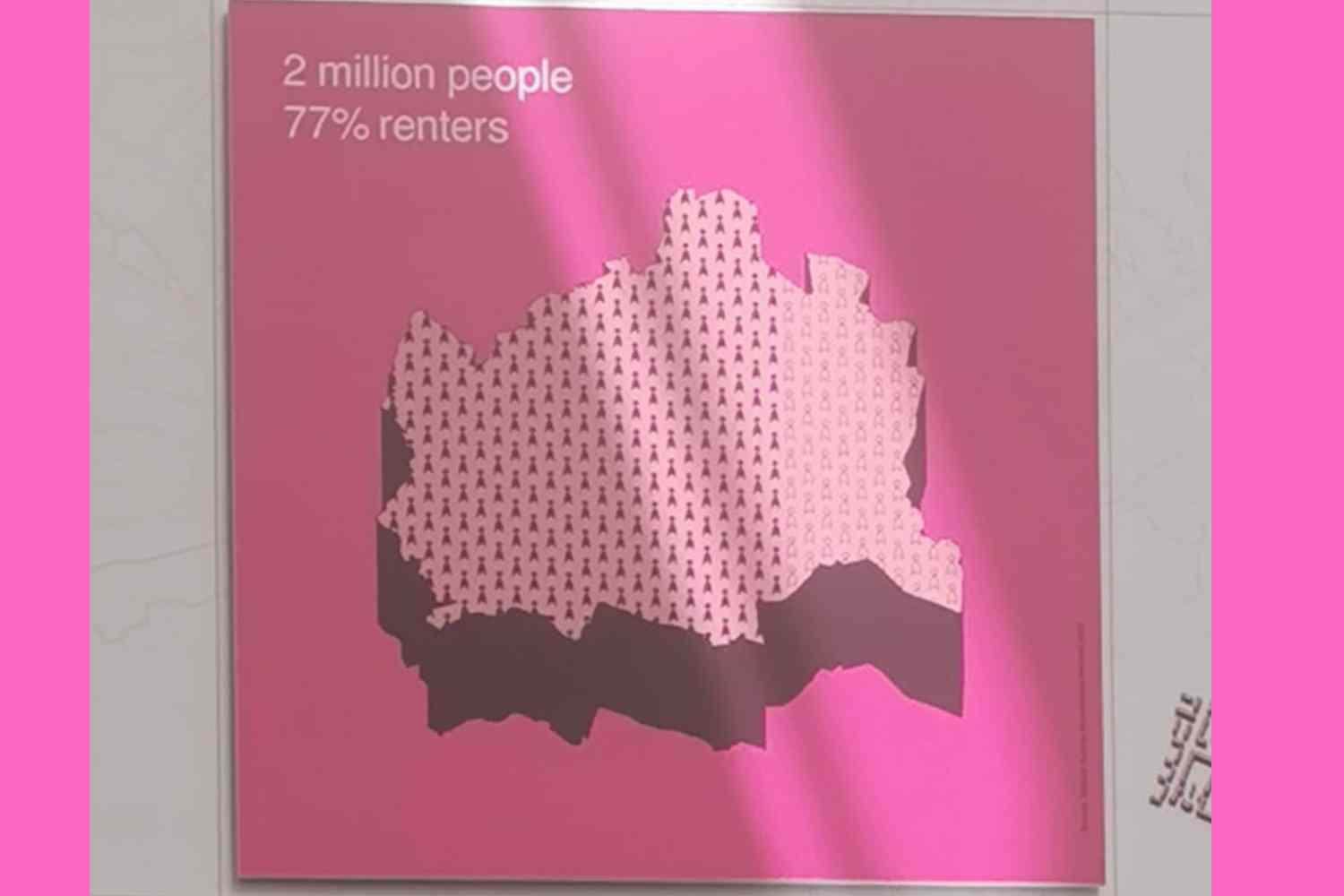Vienna’s housing model treats homes as a civic right, not a market asset. With 77% of residents renting, mostly in public or non-profit housing, the city leads by example.

@Canva
Table of contents
A housing model that puts people first
In Vienna, a remarkable 77% of residents live in rental housing, and more than half do so in subsidized or price-regulated units. That figure might come as a shock—especially if you’re used to thinking of real estate as a playground for speculation, gentrification, and precarity. But in Austria’s capital, housing isn’t (only) a private affair. It has been a pillar of public policy for over a century.
This civic commitment to housing takes center stage at the Austrian Pavilion of the 18th Venice Architecture Biennale, titled Agency for Better Living. Curated by Lorenzo Romito, Michael Obrist, and Sabine Pollak, the exhibition explores Vienna’s unique and enduring housing model—a city where building homes is a civic mission.
A city that takes care of its people
Vienna’s story begins in 1920, with the era of Rotes Wien (Red Vienna), when the city launched urban planning strategies designed to counter speculation. During that period, superblocks were built—residential complexes that combined housing with pools, libraries, green spaces, and shared services. Today we’d call it a holistic approach to urban living.
Unlike many European cities, Vienna chose not to privatize or dismantle its public housing stock. On the contrary, it expanded it. The city currently owns 220,000 apartments. To this, add another 200,000 units owned by non-profit housing cooperatives.
A map displayed in the pavilion shows how deeply this housing system shapes the city: public and cooperative housing areas overlap with almost the entire urban footprint. The average rent in Vienna is $0.82 per square foot (€7.90/m²). In stark contrast, average rental prices in major U.S. cities as of mid-2025 are dramatically higher: in New York City, average rent exceeds $4.20 per square foot (€39.85/m²); in San Francisco, it hovers around $3.80 per square foot (€36.10/m²); in Los Angeles, about $3.30 per square foot (€31.35/m²). Even cities like Austin or Denver report averages above $2.50 per square foot (€23.75/m²)—three to four times more than Vienna, despite offering far less in terms of housing security and public services.

@Venice Architecture Biennale
Beyond housing: building community
Vienna’s model goes far beyond putting a roof over people’s heads. Over the decades, it has adapted to social, economic, and environmental change. What was once called social housing has evolved into society housing—a concept that serves all social classes, not just vulnerable groups. Because the right to housing is also the right to dignity, security, and community.
Challenges persist. The city grows by around 25,000 residents every year. Add to that an aging population, a rise in poverty, new family and work patterns, and the climate crisis. But Vienna remains a city that plans, innovates, and experiments.
Take the Sonnwendviertel district: 5,500 new homes are integrated with schools, coworking spaces, gyms, shared kitchens, dance studios, and public spaces. It’s a dense, diverse, and functional urban ecosystem, a contemporary update of the superblock. On the ground floor, commercial spaces are rented out at just $0.41/sq ft (€4/m²) to support micro-businesses and cultural initiatives.
Housing as a circular infrastructure
Sustainability is another focal point of the exhibition. Much of Vienna’s public housing stock is aging and inefficient, but the city is turning this into an opportunity for circular innovation. One standout example: the collective Materialnomaden, which salvages materials from demolished buildings and repurposes them for new spaces. It’s a practical, scalable approach to circularity.
In the Nordbahnviertel, a neighborhood built on the site of a former train station, self-organized housing projects like Wohnprojekt W. and Kohlenrutsche test out horizontal living, shared governance, and communal life. When the Nordbahnhalle—a former railway depot turned temporary cultural venue—was destroyed by fire, the loss was both urban and emotional, a sign of how deeply public spaces are woven into the city’s identity.
A system that shapes even the private market
In Vienna, housing is not left to the whims of the market. The city applies active land policies, public design competitions, strict building regulations, and individualized support services. Entry requirements are low, but the standards are high. And that, in turn, has an effect: even private developers must align with fairer price and quality norms.
As the curators put it, “it’s not only the city that takes care of its people, but the people who take care of the city and of each other.” Housing, in this sense, becomes a collective practice, a shared responsibility, a blueprint for society.
What about the United States?
Contrast this with the housing landscape in the U.S., and the picture becomes stark. In cities like New York, San Francisco, and Los Angeles, rents continue to soar, often exceeding $4,000/month for modest apartments. Public housing is underfunded, stigmatized, and in many places, left to decay. Efforts at social housing are rare and politically fraught, often mired in bureaucracy or private-sector entanglements.
While there are exceptions—New York City Housing Authority (NYCHA) being the largest public housing system in the country—most American cities rely heavily on market mechanisms. Affordable housing often comes via tax credits and partnerships, which rarely produce large-scale, integrated solutions like those in Vienna.
In short, Vienna treats housing as infrastructure, while many U.S. cities treat it as a private commodity. And that makes all the difference.
